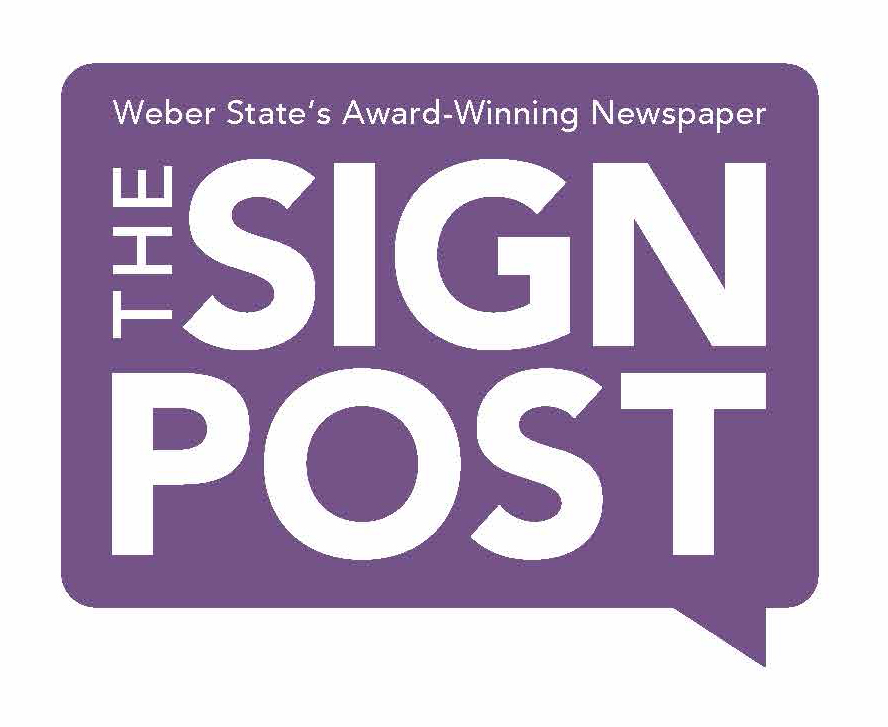COVID-19 was once again the main topic of discussion at the Faculty and Staff Virtual Town Hall meeting on Jan. 13.

Weber State University President Brad Mortensen spoke of the need for sufficient on-campus testing for students and staff, especially with at home-tests becoming scarce and community testing sites being overwhelmed.
“We know that the capacity at the Student Health Center has been limited, and it hasn’t been enough to meet all of the needs,” Mortensen said. “We’re going to be offering testing every day in the Shepherd Union, room 312, from 8 a.m. to 12 p.m.”
WSU Athletics and Public Safety worked quickly to set up an additional testing site. This centralizes all COVID-19 testing to one location for all WSU students and employees, symptomatic or not.
As WSU’s case counts continue to rise in the wake of the Omicron variant, the Community Research Extension COVID Data Dashboard is tracking the number of COVID positive individuals that have been on campus over the last 14 days. This data can be found at weber.edu/coronavirus.
“Over the last week, we’ve had around 95 cases reported from folks that hadn’t been on campus for 14 days prior to them testing positive,” Mortensen said. “Now that we’re into the semester, that number’s going to climb.”
Along with the expansion of testing and rising case counts, Mortensen reported that 85% of enrolled students are either fully vaccinated or plan on becoming fully vaccinated.
Approximately 12,500 students reported having received one shot of the Johnson & Johnson vaccine or two shots of the Moderna or Pfizer vaccine. Almost 2,000 of those students reported being vaccinated after the vaccination requirement was announced on Aug. 27, 2021.

Vaccine clinics are still being offered on campus in the Shepherd Union, for those interested in getting their vaccines or a booster shot. An additional vaccine clinic at the Community Education Center from 12 p.m. to 7 p.m. on Mondays and Wednesdays during the month of February.
Anyone unable to attend these dates and times can receive a vaccine or booster from local pharmacies, community events or the health department. A calendar of community events can be found at webermorganhealth.org/covid-19-scheduling.
“We know that amidst all of this, vaccination and being boosted is the best way to protect yourself,” Mortensen said. “Not so much from contracting Omicron because we know the protection isn’t there, so much, from just being positive with the disease, but the severity of your symptoms and risk of hospitalization and severe illness is certainly lower for those who are vaccinated and boosted.”
Students are required to be fully vaccinated to attend WSU during the spring 2022 semester unless an exemption has been requested and granted.
Almost 2,400 students have filed for an exemption. Nearly 1,500 of those students asked for a personal exemption; a little over 500 students requested an exemption on the basis of religion and almost 400 requested one for medical reasons.
Currently, booster shots are not a requirement in order to be considered fully vaccinated. This means students that have not received a booster are still allowed to continue with their enrollment this semester.
WSU is not currently considering moving the entire institution to online only, but faculty members are able to move courses online for one week if they need to do so.
WSU’s Provost and Vice President of Academic Affairs Ravi Krovi said student schedules and the course method they signed up for should be taken into account.
“I know it’s not easy, especially when you’re in the classroom,” Krovi said. “On the student’s side, we want to make this as less disruptive as possible.”

According to Mortensen, the number of students enrolled in face-to-face classes this semester is almost 10,000. This compares to just over 4,000 during the spring 2021 semester, and almost 13,100 in spring 2020.
Almost 11,200 students are currently enrolled in online courses, down from over 12,700 during the spring of 2021 and almost 9,700 in spring 2020.
Even though more face-to-face classes are being offered, enrollment numbers are still down, which may affect the upcoming budget for the 2022-2023 year.
“As of last Friday, for spring semester, our enrollment was down 4.2% for the all-important category of budget related full-time equivalent students,” Mortensen said. “That’s about the same amount we were down last fall.”
Before Mortensen can make any decisions on the budget, he has to see the numbers for the spring semester. The number of enrollments from new applications for the fall 2022 semester are currently higher than last fall’s new applicant numbers.
Next month’s Faculty and Staff Virtual Town Hall meeting will be on March 4.




















